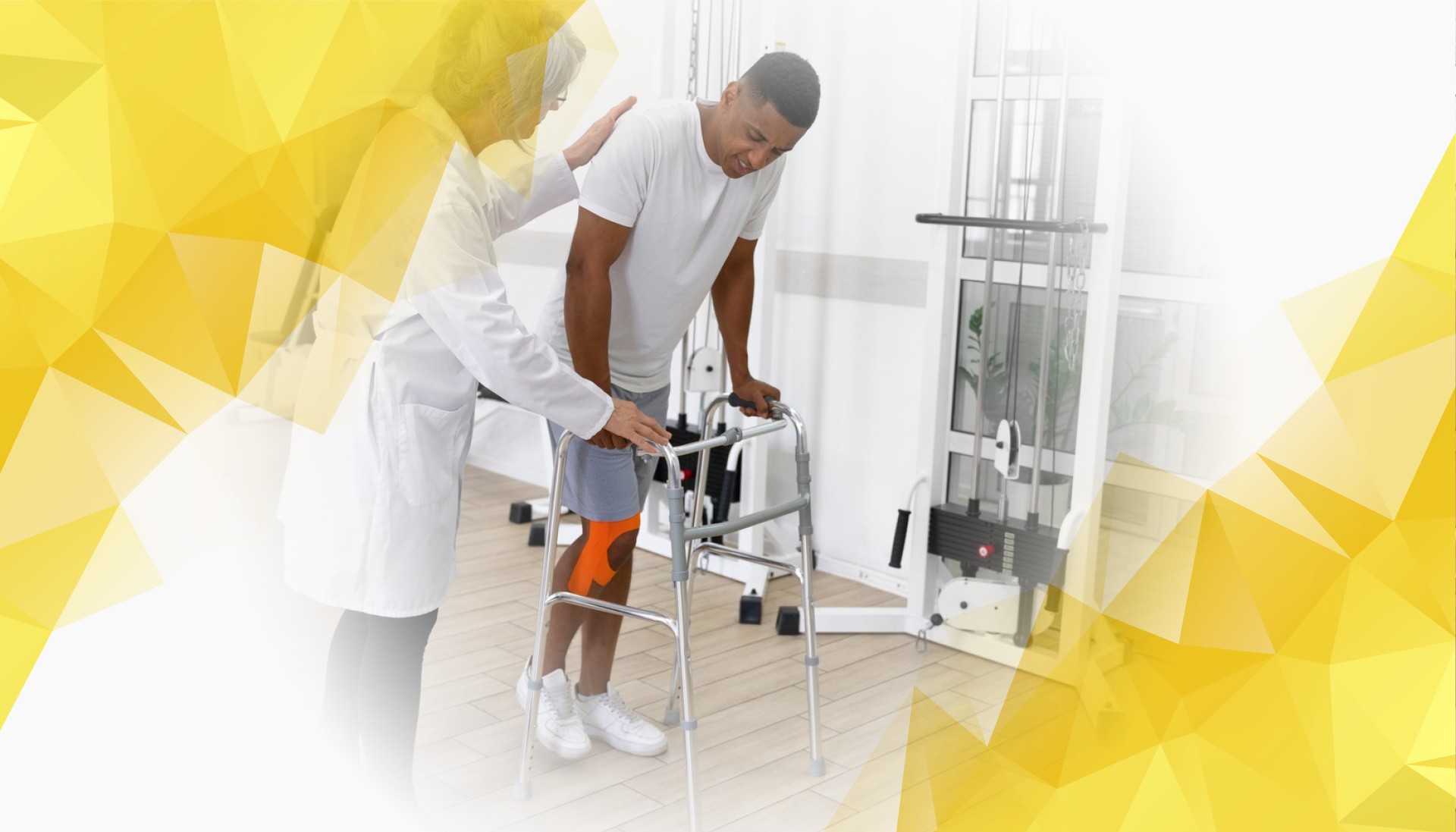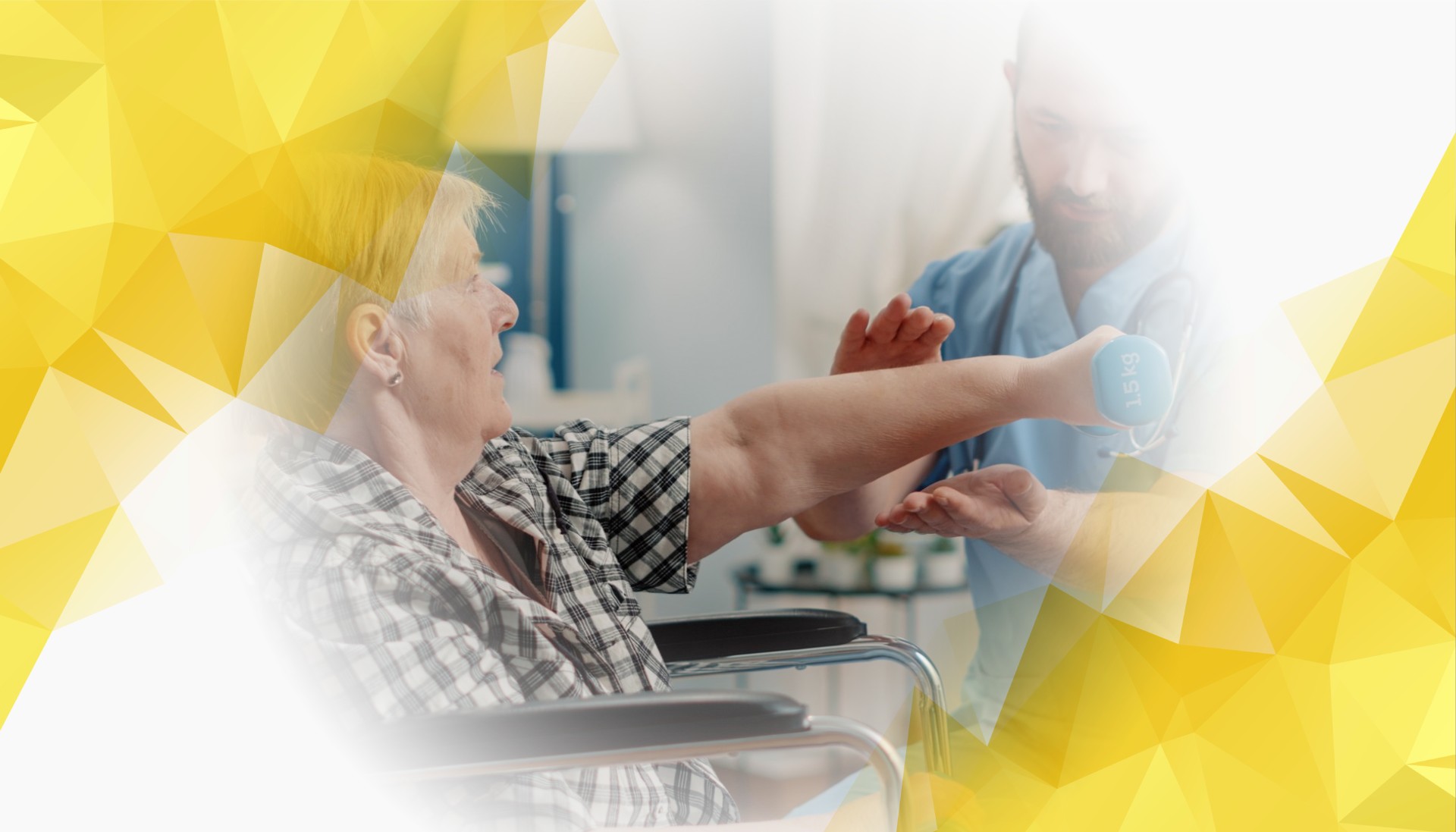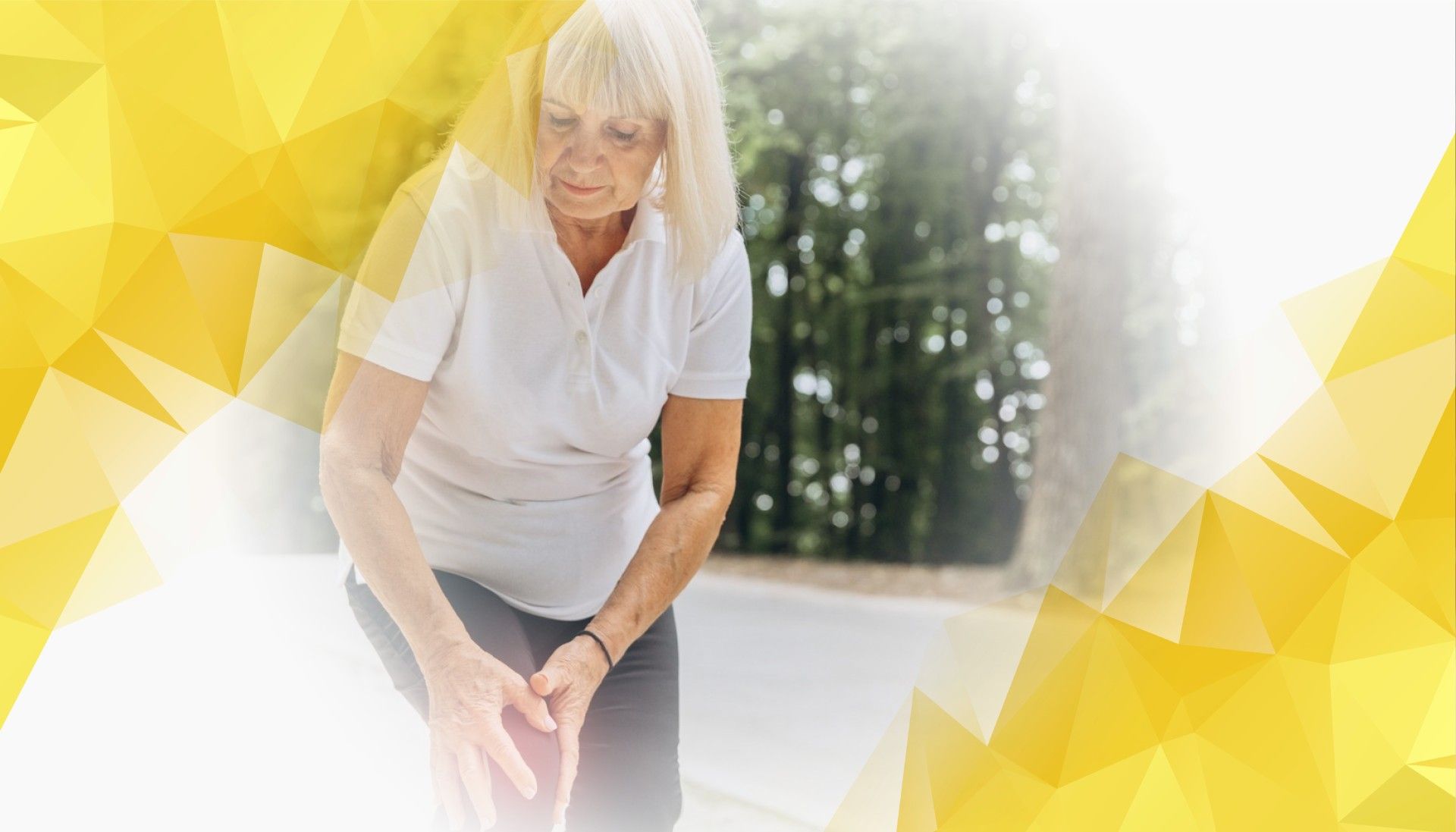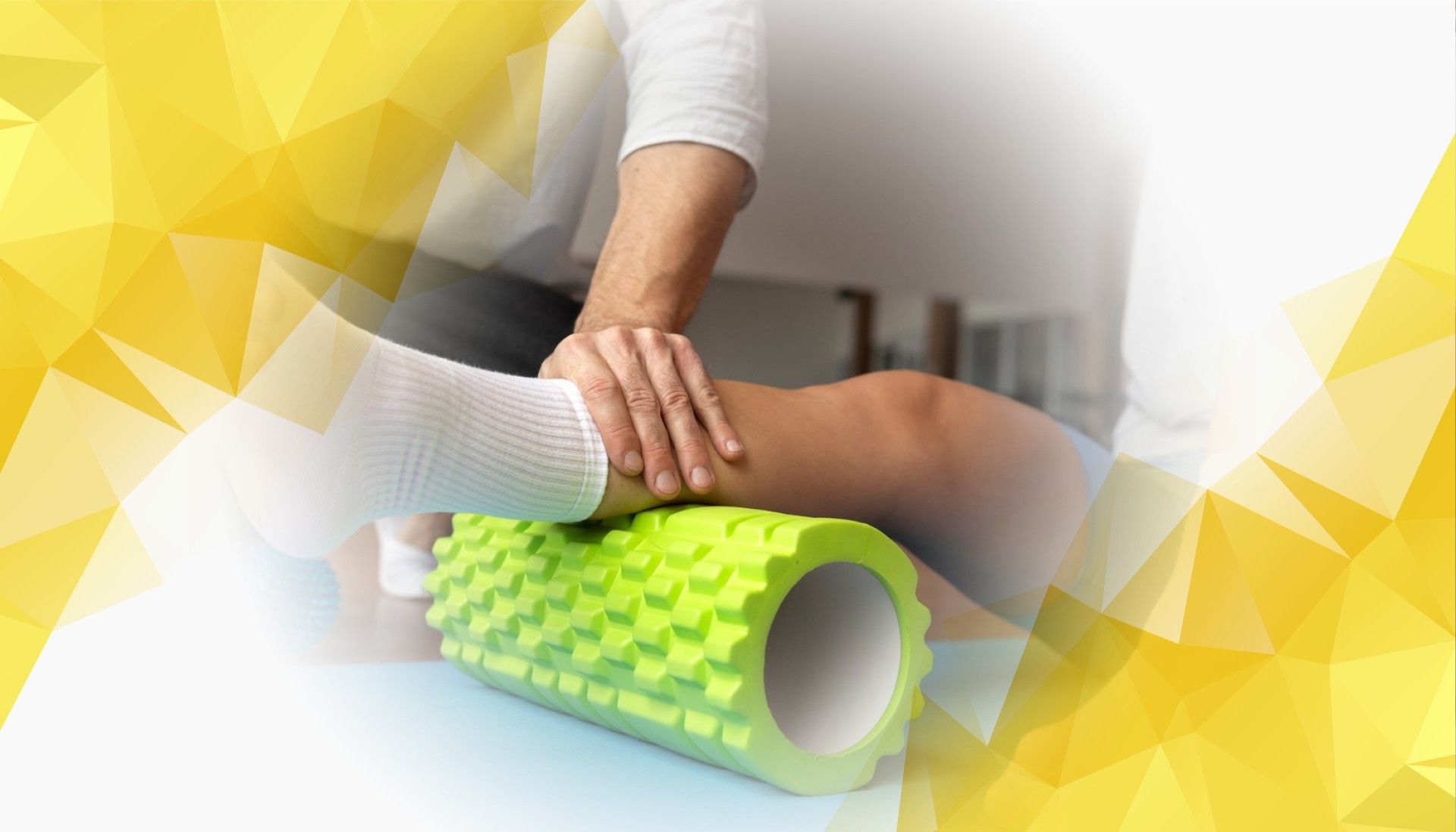Tag: sit-to-stand test
-

Precision Strength for Osteoarthritic Knees: How MAI Motion is Revolutionizing Rehabilitation
Understanding the Challenges of Knee Osteoarthritis Knee osteoarthritis affects millions worldwide, causing pain, stiffness, and reduced mobility . Simple tasks—like walking or standing up—can become challenging, making everyday life more difficult. Traditional assessments often fall short of capturing the full …
-

From Seated to Standing: Redefining Functional Mobility with the Sit-to-Stand Test at MAI Motion
Why the Sit-to-Stand Movement Matters Standing up from a chair is something most of us do without thinking, but this seemingly simple action is vital for maintaining independence and quality of life. Being able to get up smoothly and safely …
-

Personalised Biomechanical Assessment: Unlocking the Secrets of Ageing Through MAI Motion Age
Introduction: Discovering What Movement Reveals About Ageing Ageing impacts everyone differently, shaping our bodies and abilities in ways that are as unique as we are. Understanding these individual changes is essential for better health and wellbeing throughout life. Personalised biomechanical …
-

Revolutionising Osteoarthritis Assessment: How MAI Motion’s Markerless Technology Makes Mobility Testing Easier and More Accessible
Osteoarthritis is one of the most common joint conditions worldwide, causing pain, stiffness, and limited mobility for millions of people. It can turn simple daily tasks into real challenges and places a heavy load on healthcare providers tasked with diagnosing …
-

Streamlined Clinical Trials: How MAI Motion Boosts Efficiency by Easing Participant Burden
Clinical trials are essential for discovering new treatments and improving patient care. However, they can also place significant demands on participants. Repeated, time-consuming physical tests often leave people feeling fatigued or overwhelmed, which may impact their willingness to continue as …
-

Transitioning to Standing: The Sit-to-Stand Test Explained – MAI Motion
Introduction Standing up from a chair is so routine that we rarely think about it—yet it’s a fundamental movement that provides important insights into our mobility and musculoskeletal health . The sit-to-stand (STS) test is widely used by clinicians and …
